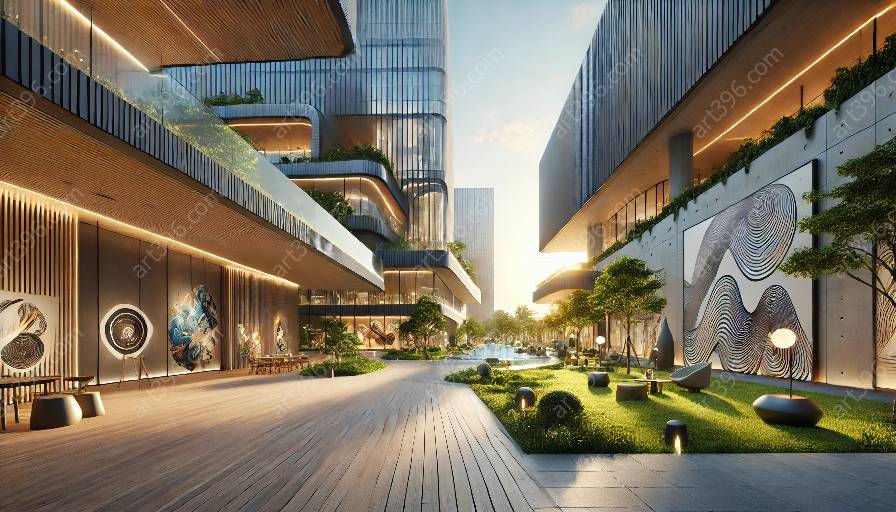Adaptive reuse in architectural design refers to the practice of repurposing an existing structure for a different use than what it was originally intended for. This approach has gained popularity in contemporary architecture practices due to its sustainability, historical preservation, and cost-effectiveness. In this topic cluster, we will explore the concept of adaptive reuse and its compatibility with contemporary architecture, discussing its benefits, challenges, and real-world examples.
The Concept of Adaptive Reuse
Adaptive reuse involves the transformation of an existing building or space to accommodate a new function while retaining its historic or architectural significance. This approach emphasizes the preservation of cultural heritage and the reduction of waste by breathing new life into underutilized structures. In contemporary architecture, the concept of adaptive reuse aligns with the principles of sustainable design, as it promotes resource conservation and minimizes the environmental impact of construction.
Compatibility with Contemporary Architecture Practices
Adaptive reuse is highly compatible with contemporary architecture practices, as it addresses several key concerns of the industry. Sustainability is a central focus in modern architectural design, and adaptive reuse offers a sustainable solution by reusing existing resources rather than creating new ones. Additionally, contemporary architects often seek to integrate historical and cultural elements into their designs, making adaptive reuse an attractive option for leveraging the character and significance of existing structures.
Benefits of Adaptive Reuse
There are several benefits associated with the practice of adaptive reuse in architectural design. First, it contributes to the preservation of historical and architectural heritage, allowing communities to maintain a connection to their past. Furthermore, adaptive reuse can result in significant cost savings compared to new construction, making it an economically viable option for developers and property owners. From an environmental perspective, adaptive reuse reduces the demand for new materials and minimizes construction-related waste, leading to a smaller ecological footprint.
Challenges of Adaptive Reuse
Despite its advantages, adaptive reuse also presents challenges that architects and designers must address. One common challenge is the need to reconcile the existing structure's characteristics with the requirements of the new function. This may involve overcoming limitations in layout, infrastructure, or building systems. Additionally, regulatory and zoning considerations can pose hurdles in the adaptive reuse process, as local building codes and preservation requirements may place constraints on the extent of modifications that can be made to historical structures.
Real-World Examples
Several notable examples demonstrate the successful application of adaptive reuse in architectural design. The High Line in New York City, for instance, transformed an abandoned elevated rail line into a vibrant public park, showcasing the potential of repurposing urban infrastructure. Similarly, the Tate Modern in London, originally a power station, was adapted to house an internationally renowned art museum, illustrating how industrial buildings can be reimagined for cultural purposes. These examples highlight the creative and innovative ways in which adaptive reuse can revitalize existing structures and contribute to the fabric of contemporary architecture.

















































































